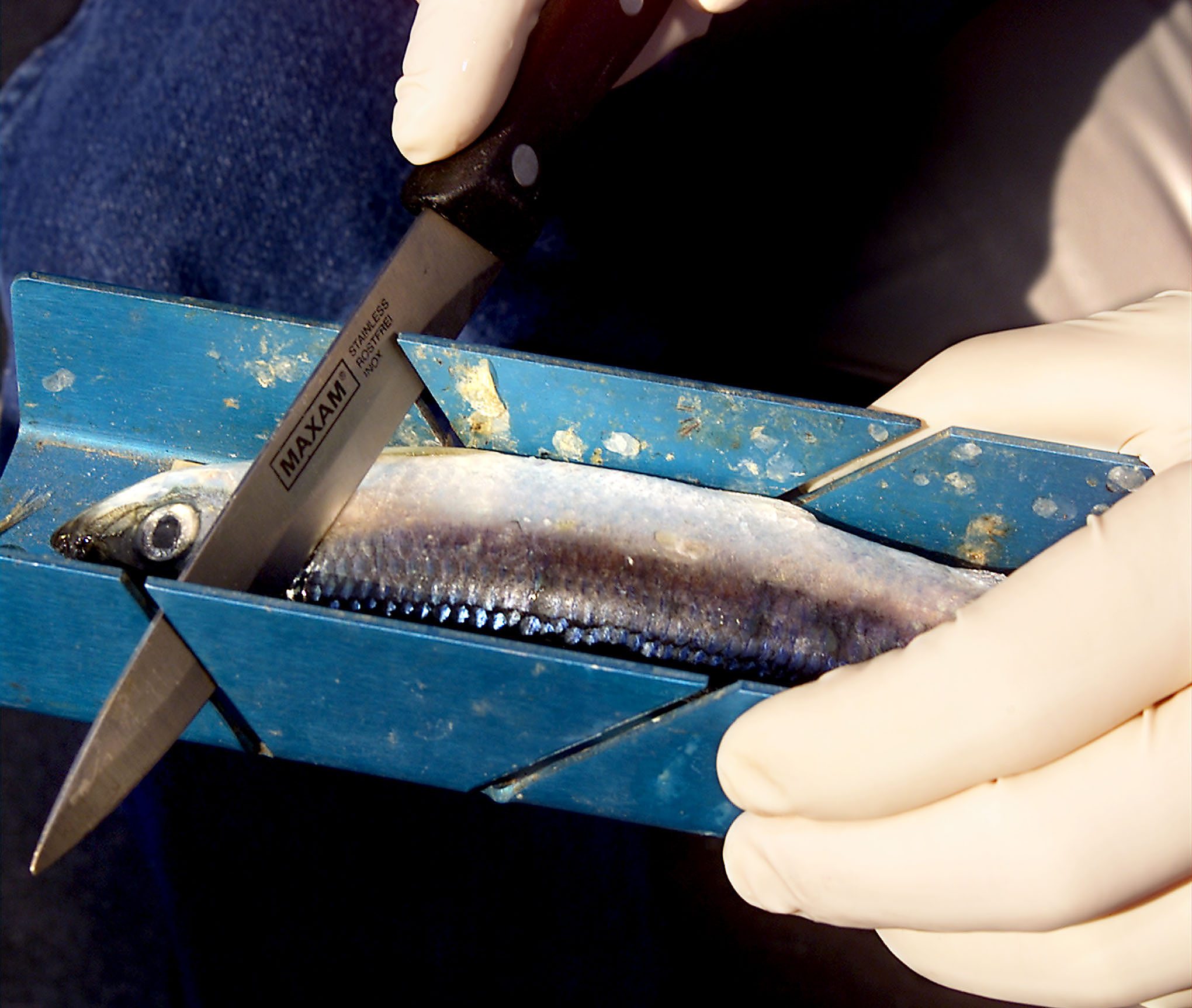No. 1 — Troll with the same diameter line
All the anglers in the boat should be trolling with the same diameter of line, whether it’s 50-pound braided line, 40-pound monofilament, or whatever.
“The biggest make people make is they run different size lines on their rods….The line diameter dictates how much lead it takes to get that rod down…You need to match diameters. That’s why they put the diameter on the end of the spools.
“All of a sudden you’ll go from catching one fish a day to catching three or four because you’ve got all your rods fishing. It’s a little tiny detail no one takes time to look at.”
— Eric Linde, Linde’s Sport Fishing
No. 2 — Be on the water at high tide
“That tide change, especially high tide and just after, can often times be the best bite of the day. You need to know when that tide is.”
— Buzz Ramsey, brands manager, Yakima Bait.
No. 3 — Avoid tangles by keeping the dropper shorter than the leader distance between the first swivel/bead chain and the flasher.
“What we want to do is keep from tangling and keep everything spinning. The key to this fishery out here is going really slow, so everything has to work. The Fish Flash has to turn easy and the herring has to turn easy.”
— Linde
No. 4 — Keep your herring trolling very close to the river bottom
“The biggest thing when you’re out there is you want that lead hitting bottom…I’ll drag them on the bottom, absolutely drag them….I never run less than 8 ounces. There’s no reason to have a 6-ounce sinker in my boat. I run 8 ounces on everything….Typically you get a couple days when the east wind is just howling, put more lead on. Put 12 ounces on…. It’s all about being down on the bottom on that downstream troll.”
— Linde
No. 5: Experiment with scents
“The trend is your friend. Scents don’t work the same every year. At Bonneville a few years ago, cod liver oil and shrimp scent had the fish swallowing spinners. You needed a proctologist to get the hook out. I’ve not been able to get a fish to eat that scent since. You can’t assume what’s good one year will be the next. Anise was the hot scent a couple of years ago and I haven’t seen a good anise bite since.”
–— Lance Fisher, Lance Fisher Fishing
No. 6 — When wrapping a plug with a sardine fillet, keep the fillet relatively small
“Usually you cut your wrap about one-third the length of the lure and not too thick and center it on the belly eyelet. If you wrap a MagLip, you’ve got to keep that fillet narrow and not too big or you can hurt the action big time.”
— Ramsey
No. 7 — Get good quality sardines for fillets to use to wrap a plug
Linde buys his at Pacific Seafood, 3380 S.E. Powell Blvd., Portland. Buy them six to a one-pound bag. That’s the right size to get four wraps per sardine.
“If you fillet a sardine and it’s white-meated, that means its got freezer burn or is a summer sardine and it will not fish as well as one with dark meat.”
— Linde
No. 8 — When the river is low, try scouting. Go out and photograph the shore, looking for little points
“I’ve got them marked on the GPS on my boat’s fish finder. I’ve got them ranged, the distance to the bank, so I know right where they’re at. If I anchor when the water is higher, I know where those points are. I can anchor, scope back and put my gear right where those points are.”
— Ramsey
No. 9 — Don’t jerk the plug out of a chinook’s mouth when you get a bite
“When you finally get a bite, and that rod is going down, let it go. The best thing you can do when you jump up is put your hands in your pockets. Do not touch the rod. You can’t improve the bite on a Kwikfish.”
— Linde
No. 10 — Try tipping a plug or a herring with a pink plastic worm
“In the walleye world, and a lot of bass anglers, will tip their lures quite often…You would think with that worm trailing back there they would short strike it. That has not been my experience. Maybe it gets them all excited. If anything, the strikes are more vicious and better hookups.”
Spinners, herring and plugs work well with a tip, but be careful with spoons.
“A spoon is very sensitive to being tipped. You’ve got to keep you tip very small if you do it with a spoon.”
— Ramsey




